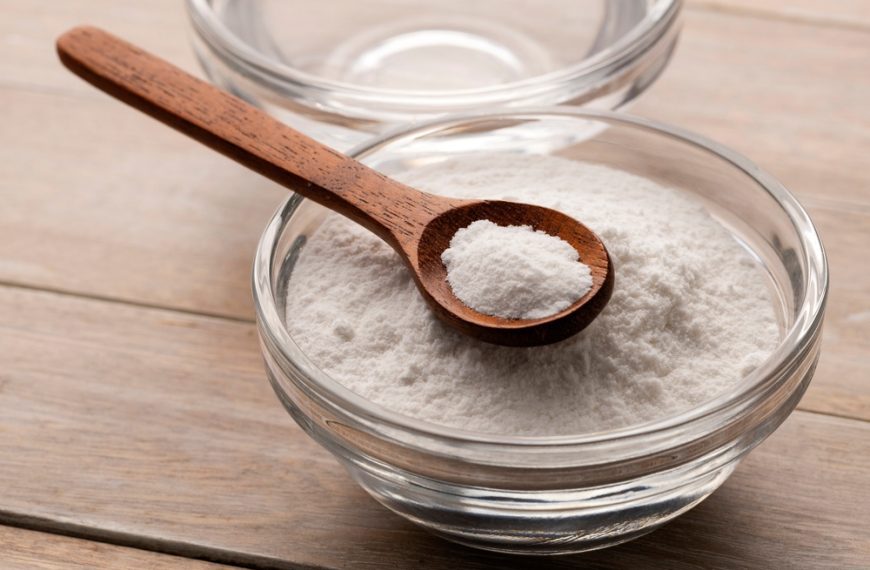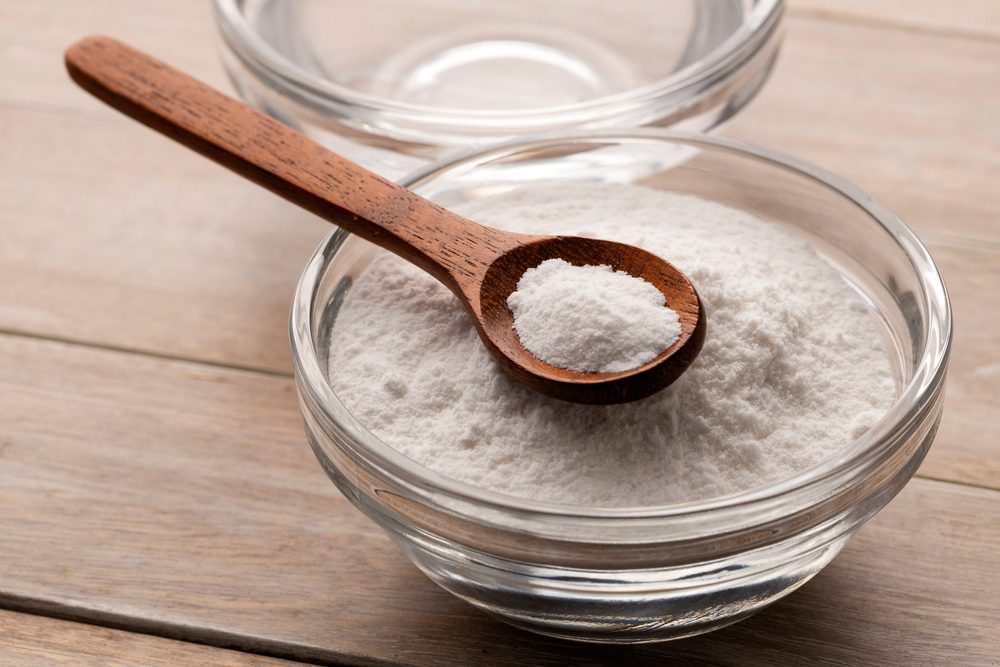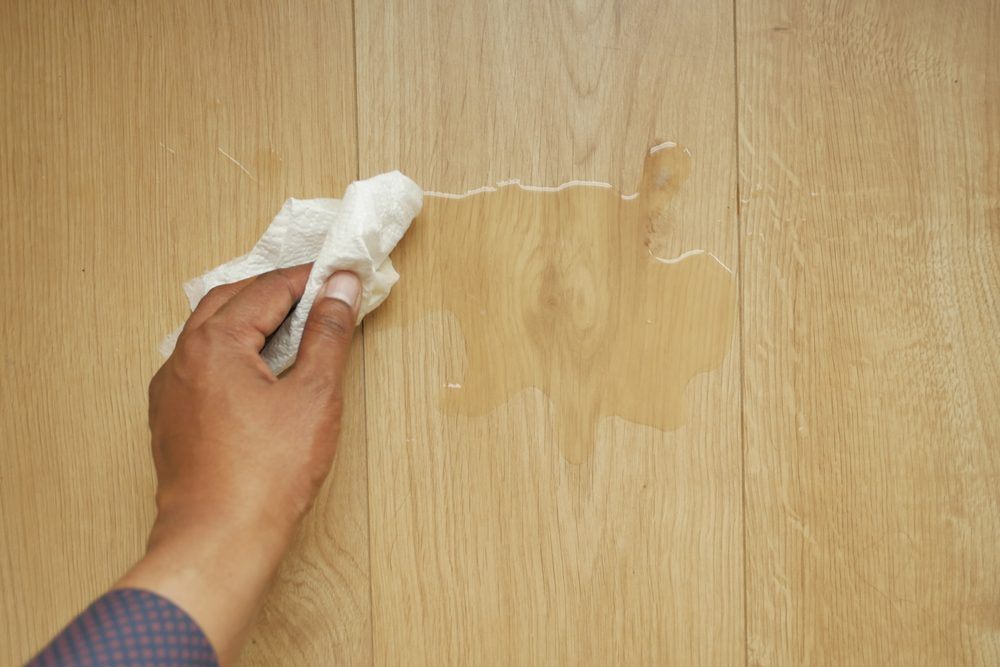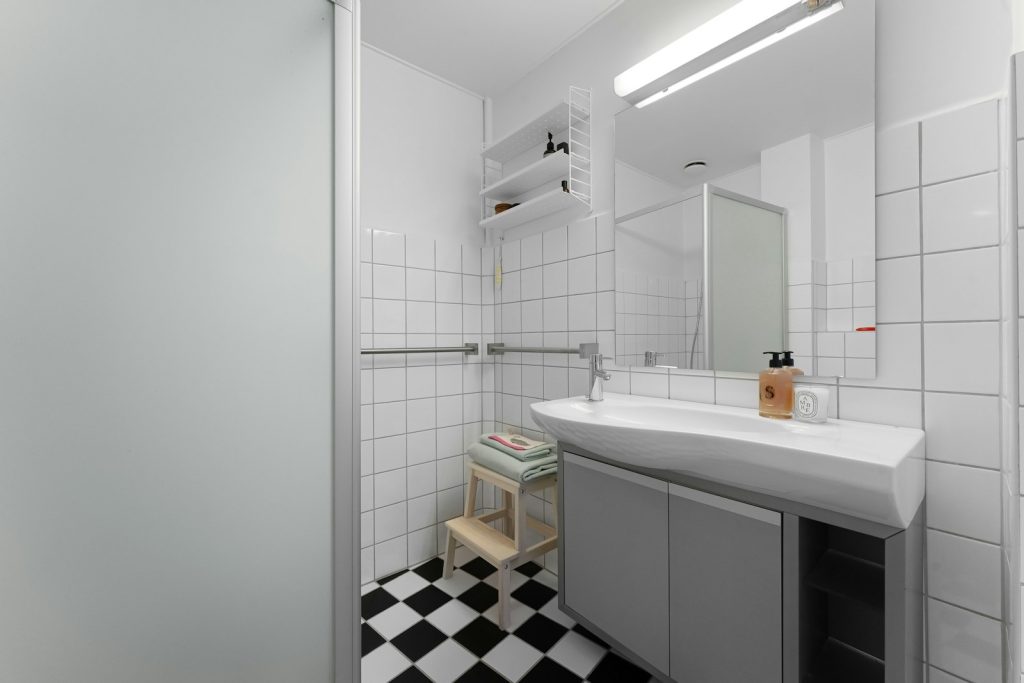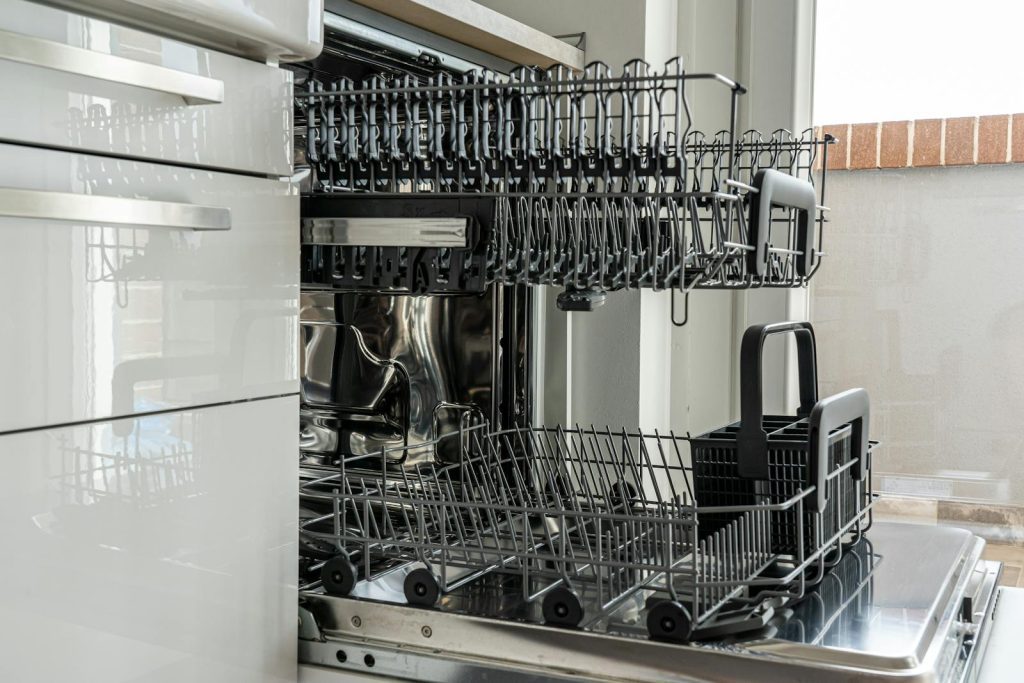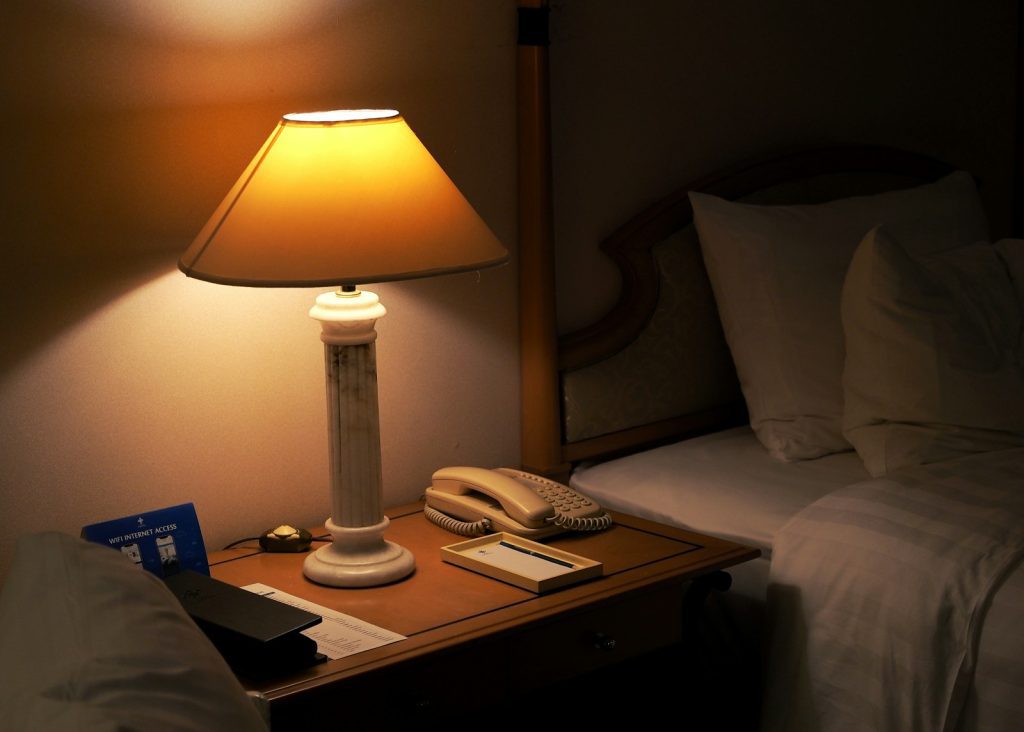If you’ve ever wondered which vintage dishes collectors are after, the answer lies in rarity, craftsmanship, and historical significance. The most valuable vintage dishes tend to be those with unique patterns, limited production runs, and connections to well-known makers or historical periods. These qualities make certain pieces highly sought after, turning simple tableware into prized collectibles. I’ve spent time digging into what makes these dishes special, from delicate Chinese Qing Dynasty porcelain to Art Deco masterpieces from European makers like Limoges and Wedgewood. Whether it’s hand-painted scenes or rare materials like sterling silver and bronze, these vintage dishes tell stories that go beyond their practical use.
For anyone curious about adding valuable vintage dishes to their collection or just looking to identify hidden treasures in their cupboards, understanding what collectors hunt for is a great place to start. Keep reading, and I’ll share some key examples and what makes each piece stand out.

What Makes Vintage Dishes Valuable?
When I look at vintage dishes, I focus on key factors that set the valuable ones apart. Some pieces are rare or made in limited runs. Others come from famous manufacturers or show clear maker’s marks. And the condition or completeness of a set often makes a big difference in its value.
Rarity and Limited Production
Rarity is a major factor for me when assessing vintage dishes. Dishes produced in small quantities or from specific time periods usually attract more attention from collectors. For example, rare designs or patterns that were discontinued decades ago tend to fetch higher prices at antique stores.
Limited production runs can also be important. Some manufacturers created exclusive series that were only available to select clients or royalty. These dishes are often one-of-a-kind or come with unique design elements, which increase their desirability. The less available a piece is, the more its value usually rises.
Renowned Manufacturers and Maker’s Marks
I always check the maker’s mark because it tells me about a dish’s origin and potential worth. Renowned manufacturers like Wedgewood, Meissen, and Royal Copenhagen often have marks that experts and collectors recognize immediately. These names add credibility and value.
Maker’s marks also help verify the dish’s age, authenticity, and place of manufacture, which are crucial factors for antique dishes. Some marks signify a limited edition or a special collaboration, which can increase a piece’s collectible status. Dishes without a clear mark usually have less market demand because they are harder to authenticate.
Condition and Completeness
The physical state of the dishes matters a lot to me. Chips, cracks, or fading designs can significantly reduce value, especially if the damage affects visible or decorative parts. Pristine dishes or those with minimal wear tend to command better prices.
Completeness is another key. A full dinner set or a matched collection of antique dishes is more valuable than a few random plates or bowls. Missing pieces can lower the desirability, and restoring these sets is often costly. When I visit antique stores, I look for well-preserved sets because they better hold their value over time.
Types of Valuable Vintage Dishes
Certain materials and craftsmanship styles shape the true value of vintage dishes. Knowing the differences can help pinpoint which pieces are worth collecting or selling.
Porcelain and Fine China
Porcelain and fine china are prized for their delicate, translucent quality and durability. Fine porcelain often includes notable brands like Limoges from France and Worcester porcelain from England.
These dishes usually feature hand-painted designs and intricate patterns, which add to their collectible appeal. Chinese porcelain, especially from the Qing Dynasty, is highly sought after for its historical significance and vibrant enamel colors.
Key features to look for include smooth glaze, detailed artwork, and authentic maker’s marks. Porcelain dishes tend to be lighter and thinner than other ceramics, making them elegant but also fragile. Vintage porcelain in excellent condition commands premium prices.
Stoneware and Earthenware
Stoneware and earthenware are more utilitarian but can still be valuable, especially when they show unique glazes or belong to a famous maker. Stoneware is dense and non-porous, often heavier than porcelain.
Earthenware usually has a coarser texture and is less durable, but old examples sometimes have attractive hand-painting or decorative molded patterns that collectors love.
Look for stoneware with notable patterns or manufacturer stamps. Some vintage stoneware pieces, particularly from the 19th century, stand out because of their rustic charm and rarity.
Bone China and Fine Porcelain
Bone china is a type of fine porcelain made with bone ash, giving it exceptional strength and a warm, translucent finish. This makes it very popular for collectible dishware.
It often features gilded edges and delicate floral designs. English manufacturers like Royal Crown Derby or early 20th-century sets often used bone china.
Fine porcelain and bone china overlap in quality but bone china’s strength and texture set it apart. Collectors prize pieces with clear branding, pristine condition, and rare patterns created during limited production runs.
Most Sought-After Vintage Dish Patterns and Brands
When I look for valuable vintage dishes, I pay close attention to patterns and brands known for their craftsmanship and history. Some designs stand out because of their detailed artwork and rarity, while others carry a prestige that collectors, including myself, find irresistible.
Royal Copenhagen Flora Danica
The Royal Copenhagen Flora Danica pattern is truly special. It features detailed botanical illustrations carefully hand-painted on fine porcelain. What makes these plates stand out for me are the intricate coats of arms and copper work on the edges, adding a regal touch.
This pattern is rarely mass-produced, which helps explain its high value. The plates often have delicate ruffled edges and specific markings at the bottom, confirming their authenticity. Collectors prize this pattern not only for its elegance but also because it represents centuries of Danish artistry and tradition.
| Feature | Description |
|---|---|
| Maker | Royal Copenhagen |
| Pattern | Flora Danica |
| Material | Fine Porcelain |
| Unique Traits | Hand-painted flowers, metal rims |
| Estimated Value Range | $7,000 – $9,000 |
Limoges and Other European Porcelain
Limoges porcelain has always fascinated me for its refined quality and the bright, hand-painted floral and bird motifs. In particular, pieces by Charles Field Haviland from the late 19th century bring impressive value.
What I find appealing is the blend of vibrant colors on mostly off-white porcelain, finished with golden glits around the rims. These sets, often including over 100 pieces, are highly collectible because of their detailed designs and connection to the Aesthetic Movement.
Besides Limoges, brands like Meissen and Baccarat also produce highly collectible dishes, especially when featuring limited edition patterns or intricate bronze and glass work.
| Brand | Material | Popular Patterns | Value Range |
|---|---|---|---|
| Limoges | Porcelain | Floral, Birds | $30,000 – $33,000 |
| Meissen | Porcelain | Repousse, Scrollwork | Thousands to high values |
| Baccarat | Bronze & Glass | Scrollwork, Floral | $10,000 – $12,500 |
Chinese Export Porcelain
I often find Chinese export porcelain particularly collectible due to its rich history and unique designs. Dishes from the Qing Dynasty, such as the Famille Verte or Rose Medallion patterns, showcase fine hand-painted scenes with colorful enamel details.
The Famille Verte porcelain has that soft off-white background and diverse enamel palette, making each piece a small work of art. Rose Medallion pieces feature medallion panels with flowers, birds, and Chinese figures, which adds to their charm.
One key to spotting valuable pieces is looking for authentic period marks and the quality of hand-painting. These porcelains, often over 200 years old, remain highly sought after in the antiques market.
| Pattern | Era | Features | Price Range |
|---|---|---|---|
| Famille Verte | Early 18th C. | Colorful enamels, floral motifs | Around $17,000 |
| Rose Medallion | Early 19th C. | Medallion panels with figures | $6,000 – $8,000 |
Where to Find and Identify Valuable Vintage Dishes
Finding valuable vintage dishes takes patience and a keen eye. Knowing where to look and what to check can save you time and help you spot treasures among ordinary tableware. I keep a mental checklist of places that often hold hidden gems and what details to focus on when identifying valuable pieces.
Antique Stores and Markets
Antique stores are my first stop when hunting for vintage dishes. These shops often curate items with history and craftsmanship, which means the chances of finding rare pieces are higher. In stores, I examine maker’s marks on the back of dishes closely, since names like Royal Crown Derby, Wedgwood, or Limoges can indicate real value.
Markets or antique fairs can be treasure troves but require more digging. Vendors may price items lower, so knowledge of patterns and condition helps me spot bargains. I also look for hand-painted details, gold gilding, or unique shapes—these features often distinguish valuable dishes from common ones.
Online Auctions and Estate Sales
Online auctions open up access to rare vintage dishes from all over. I recommend setting alerts for key manufacturers or styles you want. This way, you don’t miss auctions for sought-after pieces like Ming Dynasty porcelain or Fabergé dishes.
Estate sales are perfect for finding complete sets or unusual items passed down through generations. I always ask about the history of the pieces and look for signs of age like slight wear on edges or original packaging. Quickly checking the condition is crucial since chips or cracks can reduce value significantly, even if the dish is rare.
For more detailed tips on identifying these dishes, exploring valuable antique dishes listings can be helpful.





